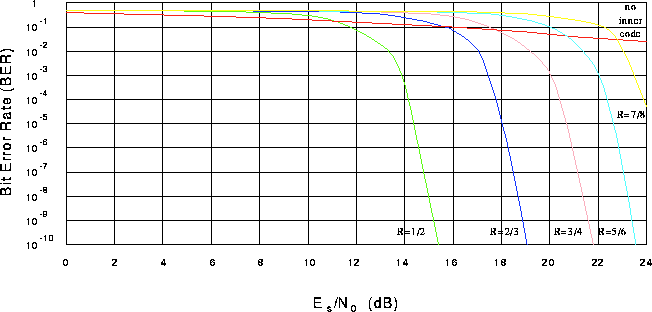
 |
JPL's Wireless Communication Reference WebsiteChapter: Network Concepts and Standards
|
Contributed by Paul G.M. de Bot and Flavio Daffara
A Single Frequency Network (SFN) is a broadcast transmitter network consisting of transmitters with overlapping coverage area's that transmit the same program in the same frequency channel at the same time instant. Consequently, the same signal can arrive at a receiver antenna from different SFN transmitters, each with its own delay, which is related to the distance between receiver and transmitter. The receiver can deal with this effect in the same way as it deals with multipath propagation: the signals arriving from distant transmitters are considered as echoes from the signal arriving from the nearby transmitter.
In conventional analog transmission schemes (as PAL television) multipath reception results in ghost images. So SFNs were traditionally not possible. However, since OFDM systems with guard intervals are inherently capable of handling multipath, SFNs become practical in DTTB and DAB.
Since SFNs improve the efficiency of spectrum usage considerably, the SFN-feature is an important advantage of OFDM systems over analog and single carrier digital systems.
We can distinguish between
In nation-wide SFNs, the delay spread can be as large as 200 microseconds, causing the need for a guard interval of at least 200 microseconds. As an alternative to the use of a large guard time and DFT size, SFN echoes can be cancelled by mixed time/frequency-domain equalization.

Performance of 64-QAM with concatenated coding on a Rayleigh channel, for different inner code rates R